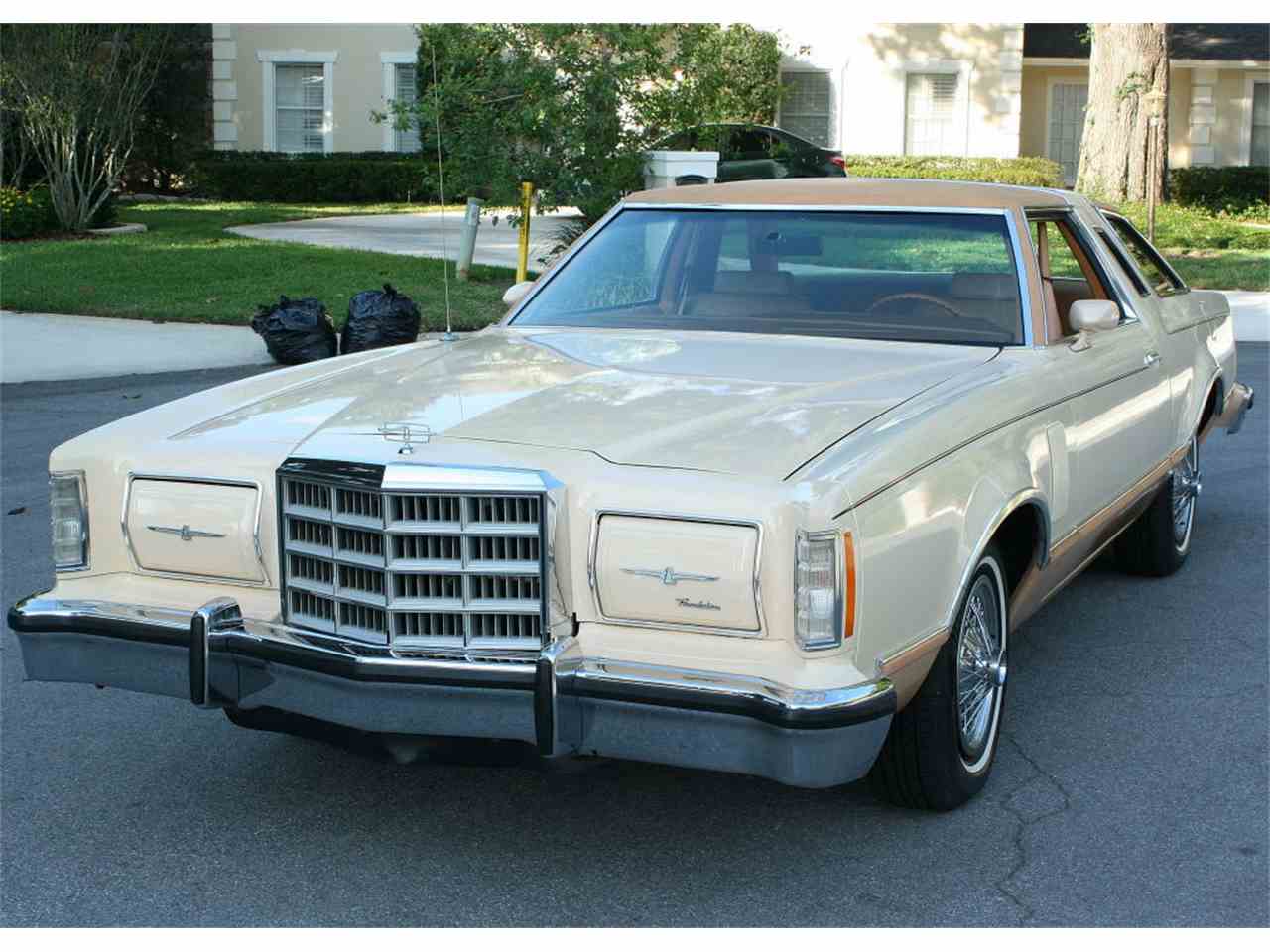
Since it was 900 lbs (408 kg) lighter than its predecessor, it offered good performance, despite using smaller engines. Under the body, Ford used the same platform as for the Torino, LTD, or the sportier Mercury Cougar. A broad and tall dashboard enhanced the luxurious appearance of the car. Since it was designed as a comfortable ride, the carmaker installed individual plushy armrests for the front passengers. Inside, the Thunderbird offered room for four adults with a split-bench in the front and a bench in the rear. The raked B-pillar with a small glass area inside made the car looks sportier, and the carmaker offered a version with a targa-roof in T-top style.

A specific badge with the Thunderbird silhouette replaced the blue-oval one from Ford. At the front, it featured two round headlights covered with retractable lids and a pinned-out grille with horizontal slats. It was shorter than its predecessor, but it was still a big car that could compete with most of the 2000's luxury sedans, size-wise.

But it could still keep up with some of the sportier cars of that moment thanks to its option for a 400 cu-in (6.6 liters) engine.Īfter the oil crisis and the CAFE agreement, most of the cars started to shrink, and the T-Bird followed the same downsizing trend.

The car was designed to offer comfort, not sportiness. And it was the most successful generation at that moment.īack in the '70s, after the muscle-car era ended, Ford tried to keep the coupe vehicles on the market and attract wealthier people with the Thunderbird. With the oil crisis over, car sales started to rise again, and Ford offered the Thunderbird as a personal luxury vehicle.


 0 kommentar(er)
0 kommentar(er)
